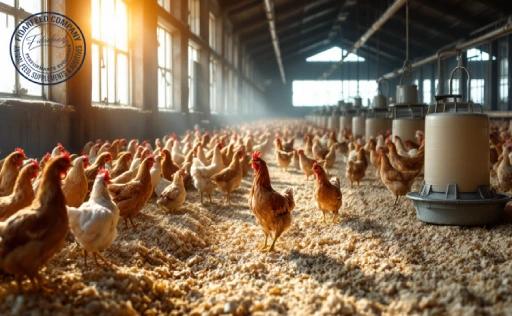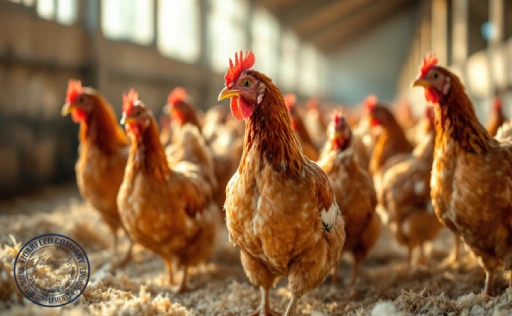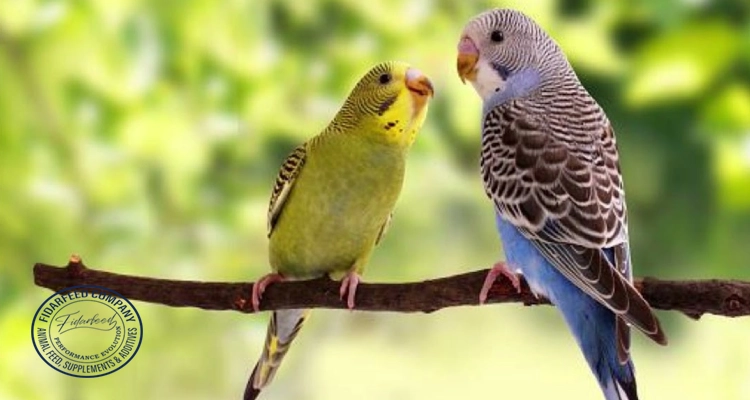
Top Deadly Budgerigar Diseases are every breeder’s concern, whether you’re a beginner raising your first pair or a seasoned expert with a full aviary. Budgerigars, or budgies as they are affectionately known, are sensitive little birds that can fall seriously ill without warning. Their vibrant colors and cheerful chirping often mask early symptoms of disease. This makes it even more important to understand which illnesses pose the greatest threats and how to prevent them effectively. In this guide, we’ll dive into the most dangerous diseases affecting budgies and offer practical, science-backed strategies to protect them. Keep reading to safeguard your feathered friends.
What Are the Top Deadly Budgerigar Diseases? Know the Risks
As social and active pets, budgerigars thrive in clean environments with attentive care. But they are also prone to specific diseases that can spread rapidly and become fatal if not addressed promptly. Some of these illnesses are contagious and affect entire flocks, while others target individual birds under stress or poor living conditions. Recognizing these threats early is essential. Let’s break down the most serious ones every breeder should know.
Learn more about: Synbiotic Supplement for Birds
Psittacosis in Budgerigars: A Hidden but Serious Disease Threat
Psittacosis, caused by Chlamydia psittaci, is one of the most serious zoonotic diseases affecting budgies. Not only can it be fatal for birds, but it can also infect humans, leading to flu-like symptoms. In birds, signs include nasal discharge, breathing difficulties, lethargy, and diarrhea. Because symptoms can remain hidden for weeks, it’s often missed until it’s too late. Early diagnosis through avian vet testing and quarantine of new birds are essential preventive steps.

Respiratory Infections: Deadly Budgerigar Breathing Issues Explained
Respiratory diseases are common in budgerigars and include bacterial, viral, and fungal infections. These may result from cold drafts, poor ventilation, or unclean cages. Symptoms include sneezing, wheezing, tail bobbing, and discharge from the nostrils. One of the most notorious is Aspergillosis, caused by a fungus thriving in dirty, damp cages. Respiratory issues can escalate quickly, leading to death. Prevention starts with a clean, dry, and warm habitat.
Learn more about: Probiotic Caged Birds: The Key to a Healthier Companion
Avian Gastric Yeast (AGY): The Silent Killer in Your Bird’s Gut
Formerly known as megabacteria, AGY is a fungal infection that attacks the digestive system. Budgies with AGY often lose weight despite eating well, vomit undigested food, and have watery droppings. It is particularly deadly because it progresses quietly until the bird is critically ill. Keeping stress levels low, maintaining hygiene, and feeding a balanced, low-sugar diet can help prevent this disease.
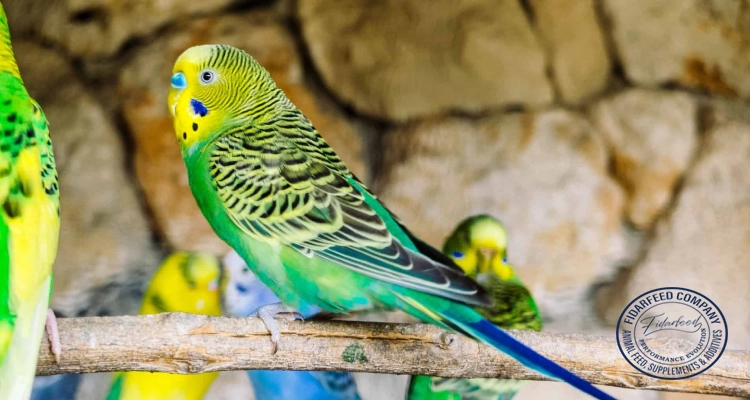
Pacheco’s Disease: Fast-Acting and Often Fatal
Caused by a herpesvirus, Pacheco’s Disease is highly contagious and usually affects parrots and budgerigars exposed to new birds without proper quarantine. It strikes suddenly with signs such as fluffed feathers, diarrhea, lethargy, and sudden death. There is no cure once symptoms appear, making strict quarantine and limiting bird exposure crucial. Vaccines exist for some species, but prevention by isolation is often more effective.
Learn more about: Why Is My Bird Plucking Its Feathers? Top Mental and Health Reasons
Polyomavirus in Budgerigars: Why Young Birds Are Most at Risk
Polyomavirus is especially dangerous to chicks and young budgies. It causes feather loss, a distended belly, and can lead to sudden death in nestlings. Adult birds may carry the virus without symptoms, spreading it silently. Vaccination of breeding pairs and good biosecurity are key to minimizing outbreaks. Disinfection of breeding areas and equipment between clutches is also vital.
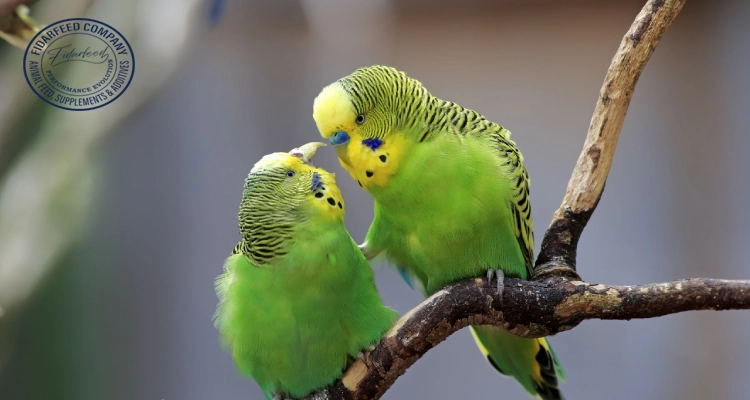
How to Prevent Them: General Disease Prevention for Budgerigar Breeders
Prevention is always more effective and affordable than treatment. Start with solid basics: provide clean water, high-quality feed, and spacious cages with adequate light and ventilation. Quarantine new arrivals for at least 30 days and observe them closely. Limit stress by avoiding overcrowding and sudden changes in temperature or environment. A consistent daily care routine goes a long way in keeping budgies healthy.
Learn more about: Stress in Pet Birds: A Comprehensive Guide to Causes, Prevention, and Treatment
Clean Cage, Healthy Bird: The Role of Hygiene in Disease Prevention
Cleanliness is your strongest weapon against infection. Daily removal of droppings, uneaten food, and soiled bedding minimizes the risk of bacterial and fungal buildup. Use bird-safe disinfectants weekly on cages, perches, and feeders. Rotate and sanitize toys. Always wash your hands before and after handling birds. For breeders, separate tools and cleaning supplies should be used for each cage or aviary to prevent cross-contamination.
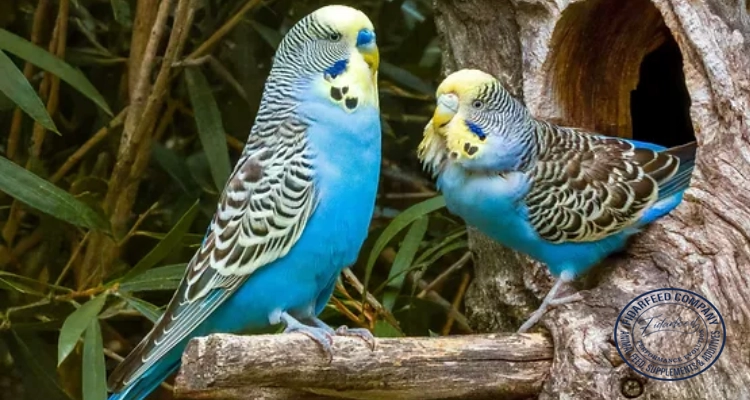
Vaccinations and Vet Care: Your Best Defense Against Deadly Budgerigar Diseases
Consulting an avian veterinarian is essential. Some diseases like polyomavirus can be prevented with vaccines, especially for breeding birds. Regular health checks, fecal tests, and lab diagnostics help spot issues before they escalate. Don’t wait until symptoms are severe. Build a relationship with a trusted vet and follow a yearly wellness plan.
Learn more about: Want a Healthy Pet Bird? Try Probiotics
Early Warning Signs: Spotting Illness Before It Turns Deadly
Budgies hide illness well—a survival instinct in the wild. Be vigilant. Watch for sudden behavior changes: reduced chirping, puffed-up feathers, less activity, or changes in droppings and appetite. Even minor signs can indicate serious underlying problems. Trust your instincts; if something feels off, isolate the bird and consult a vet immediately.
Learn more about: Home Breeding Success: 10 Expert Tips for Cockatiel Care
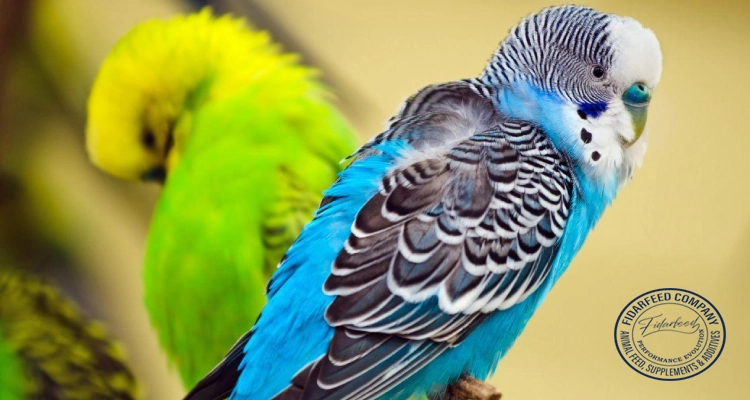
Conclusion: Preventing Top Deadly Budgerigar Diseases Starts with You
When it comes to the Top Deadly Budgerigar Diseases, knowledge truly is power. Understanding the risks and acting early can mean the difference between life and death for your birds. By focusing on prevention—cleanliness, quarantine, quality care, and veterinary support—you create a safe, thriving environment for your budgies. Whether you’re just starting out or running a large breeding operation, the same rules apply: attention to detail, proactive care, and constant learning. Share your experiences below, ask questions, and let’s keep our feathered companions happy and healthy together.

